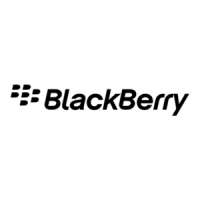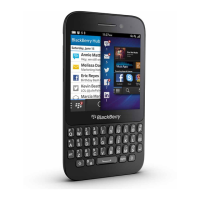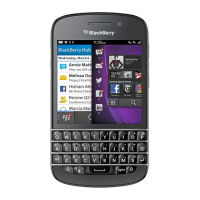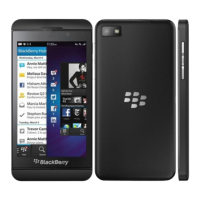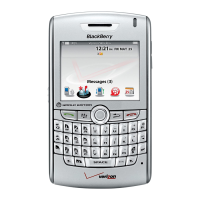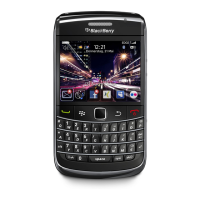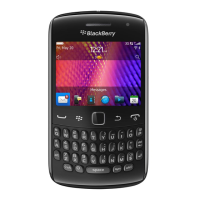when used as directed in the previous section. These limits are part of
comprehensive guidelines and establish permitted levels of RF energy for
the general population. The guidelines are based on standards that were
developed by independent scientific organizations through periodic and
thorough evaluation of scientific studies.
The exposure standard for wireless devices employs a unit of measurement
known as the Specific Absorption Rate, or SAR. The SAR limit set by the
FCC/IC is 1.6W/kg*. The SAR limit recommended by The Council of the
European Union is 2.0W/kg**. Tests for SAR are conducted using standard
operating positions specified by the FCC/IC with the device transmitting at
its highest certified power level in all tested frequency bands. Although the
SAR is determined at the highest certified power level, the actual SAR level
of the device while operating can be well below the maximum value. This is
because the device is designed to operate at multiple power levels so as to
use only the power required to reach the network. In general, the closer
you are to a wireless base station antenna, the lower the power output.
Before a wireless device model is available for sale to the public, it must be
tested and certified to the FCC, IC, and The Council of the European Union
that it does not exceed the limit established by the government-adopted
requirement for safe exposure under the recommendations of the
International Commission on Non-Ionizing Radiation Protection (ICNIRP).
The tests are performed in positions and locations (for example, at the ear
and worn on the body) as required by the FCC, IC, and The Council of the
European Union for each model.
The highest SAR value for your BlackBerry device model when tested for
use at the ear is outlined as follows:
26
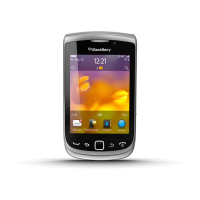
